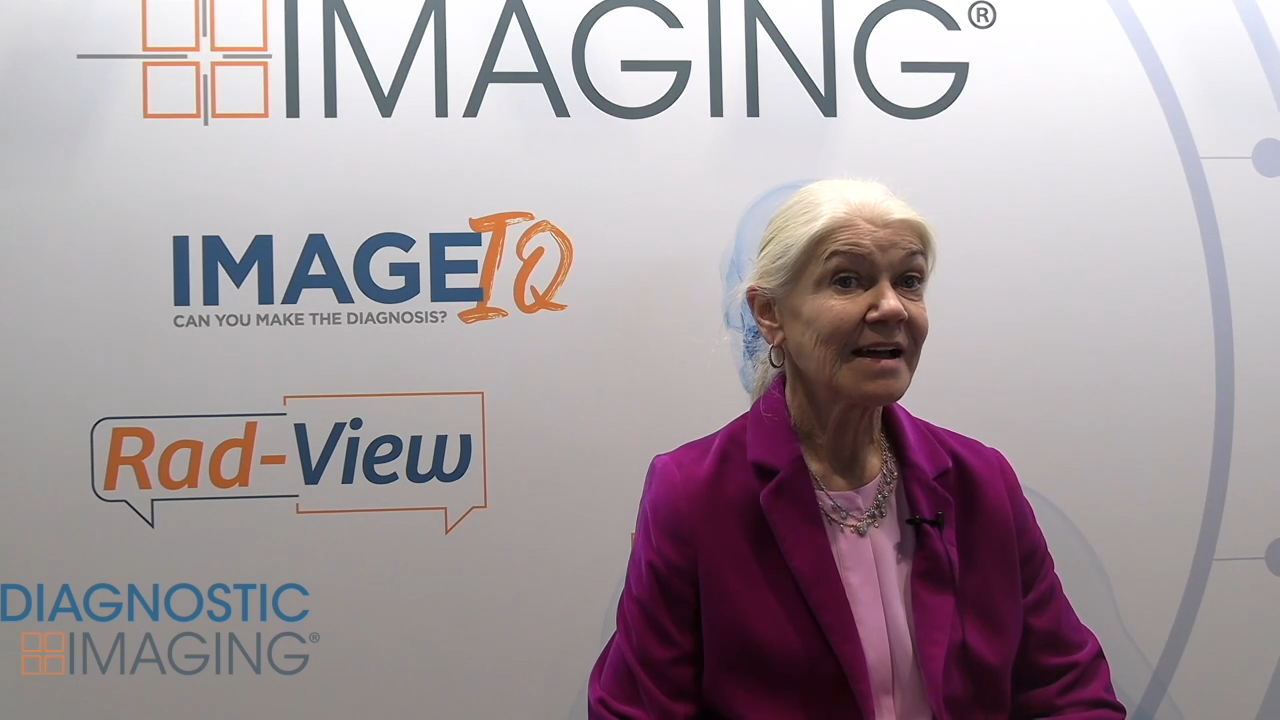A little background noise improves accuracy of automated speech recognition reporting
The soft, white sound of an air conditioner forcing air into a radiology reading room may be music to the virtual ear of speech recognition reporting systems and improve accuracy during automated radiology report transcription.
The soft, white sound of an air conditioner forcing air into a radiology reading room may be music to the virtual ear of speech recognition reporting systems and improve accuracy during automated radiology report transcription.
Common sense suggests that more background noise would produce more errors, but informatics researchers at the VA Maryland Healthcare System learned by studying ambient white noise that the opposite is true under specific conditions. Dr. Jonah Zwemer presented results of their study Sunday at the 2007 RSNA meeting.
Ten radiologists digitally recorded 20 reports, randomly selected from the hospital's radiology information system, over one of four levels of ambient white noise. White noise levels ranged from 41.7 to 53.9 dB. The studies covered a range of imaging modalities and applications. The recorded reports were transcribed using Scansoft Dragon NaturallySpeaking 8, a commercial speech recognition software system.
The 10.3% mean baseline transcription error rate for the lowest white noise level was significantly lower (p = 0.006) than the 11.6% mean baseline TER for dictation without background noise, Zwemer reported. Error rates were significantly higher (p
The findings can be explained by human behavior, rather than anything intrinsic to ambient noise and computer program performance.
Zwemer said that a study presented at the 2006 RSNA inspired the underlying hypothesis tested in his trial. That investigation found that the reporting accuracy of automated speech recognition transcription was more accurate in the presence of some background noise than with no ambient noise at all.
The results led the VA Maryland Healthcare System group, including radiology chief Dr. Eliot Siegel, to wonder if the phenomenon may be linked with the Lombard effect. It is the inherent tendency of humans to speak louder and more distinctly when speaking over background noise.
Siegel noted during the question-and-answer session after Zwemer's presentation that only a little white noise is needed to trigger the behavior. About 47 dB appears to be optimal. That corresponds with the sound of an air conditioner humming in the background, he said.
The results were persuasive enough for Siegel to introduce constant ambient noise into the specifications for his model radiology reading room of the future.
Can MRI-Based AI Bolster Biopsy Decision-Making in PI-RADS 3 Cases?
December 9th 2024In patients with PI-RADS 3 lesion assessments, the combination of AI and prostate-specific antigen density (PSAD) level achieved a 78 percent sensitivity and 93 percent negative predictive value for clinically significant prostate cancer (csPCa), according to research presented at the Radiological Society of North American (RSNA) conference.
The Reading Room: Artificial Intelligence: What RSNA 2020 Offered, and What 2021 Could Bring
December 5th 2020Nina Kottler, M.D., chief medical officer of AI at Radiology Partners, discusses, during RSNA 2020, what new developments the annual meeting provided about these technologies, sessions to access, and what to expect in the coming year.
RSNA 2020: Addressing Healthcare Disparities and Access to Care
December 4th 2020Rich Heller, M.D., with Radiology Partners, and Lucy Spalluto, M.D., with Vanderbilt University School of Medicine, discuss the highlights of their RSNA 2020 session on health disparities, focusing on the underlying factors and challenges radiologists face to providing greater access to care.
New Interventional Radiology Research Shows Merits of Genicular Artery Embolization for Knee OA
December 3rd 2024In a cohort of over 160 patients with knee osteoarthritis (OA), including grade 4 in nearly half of the cases, genicular artery embolization led to an 87 percent improvement in the quality of life index, according to research presented at the recent RSNA conference.
Siemens Healthineers Debuts New Photon-Counting CT Systems at RSNA
December 2nd 2024Debuting at the Radiological Society of North American (RSNA) conference, the new photon-counting computed tomography (PPCT) scanners Naeotom Alpha.Pro and Naeotom Alpha.Prime reportedly combine rapid scan times with high-resolution precision.










